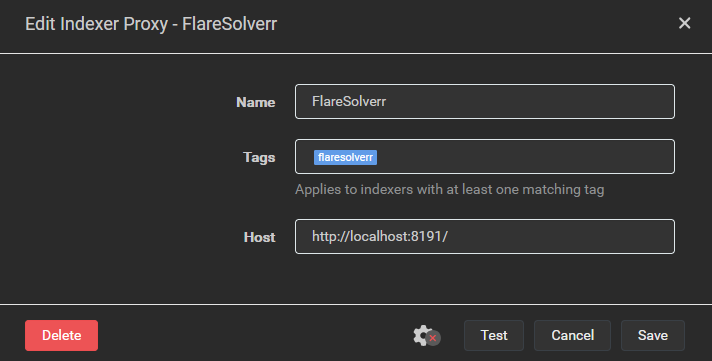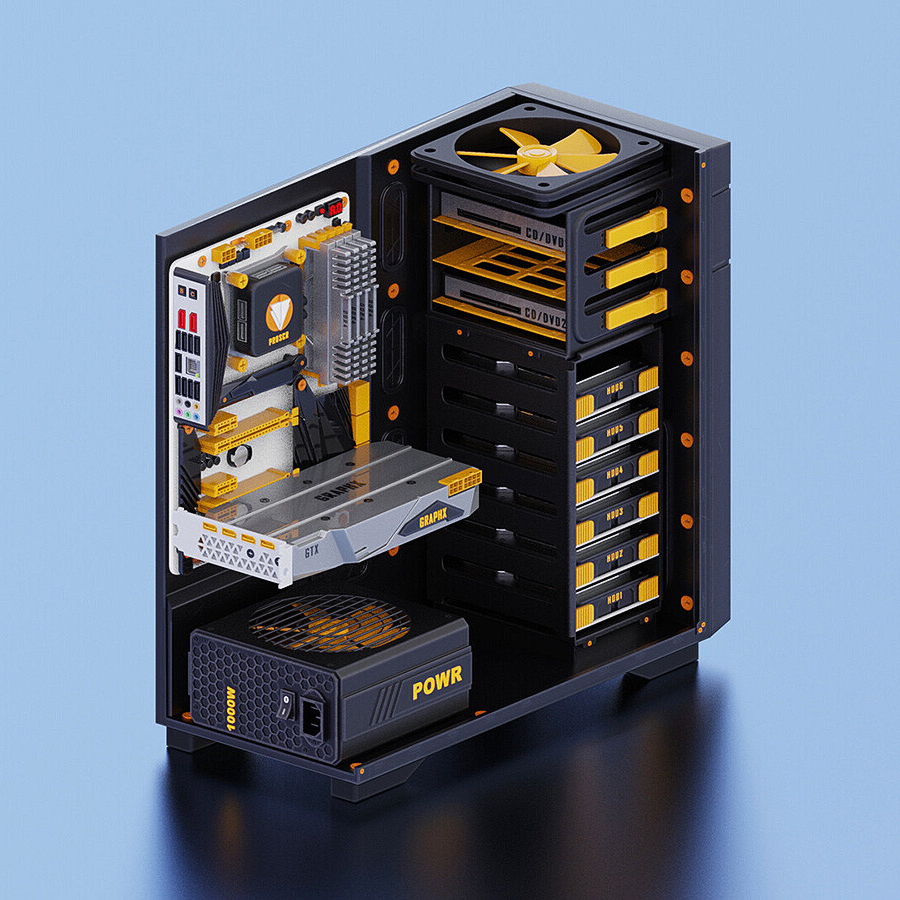

Private State Tokens are Google’s implementation of the IETF Privacy Pass protocol. Apple has another implementation of the same protocol named Private Access Tokens. Mozilla has taken a negative position against this protocol in its current form, and its existing implementations in their current forms. See here for their blog post on the subject, and here for their more in-depth analysis.








Tl;Dr the protocol requires there to be trusted token providers that issue the tokens. Who do you suppose are the trusted providers in the Google and Apple implementations? Google and Apple respectively, of course. Maybe eventually there would be some other large incumbents that these implementers choose to bless with token granting right. By its nature the protocol centralizes power on the web, which would disadvantage startups and smaller players.